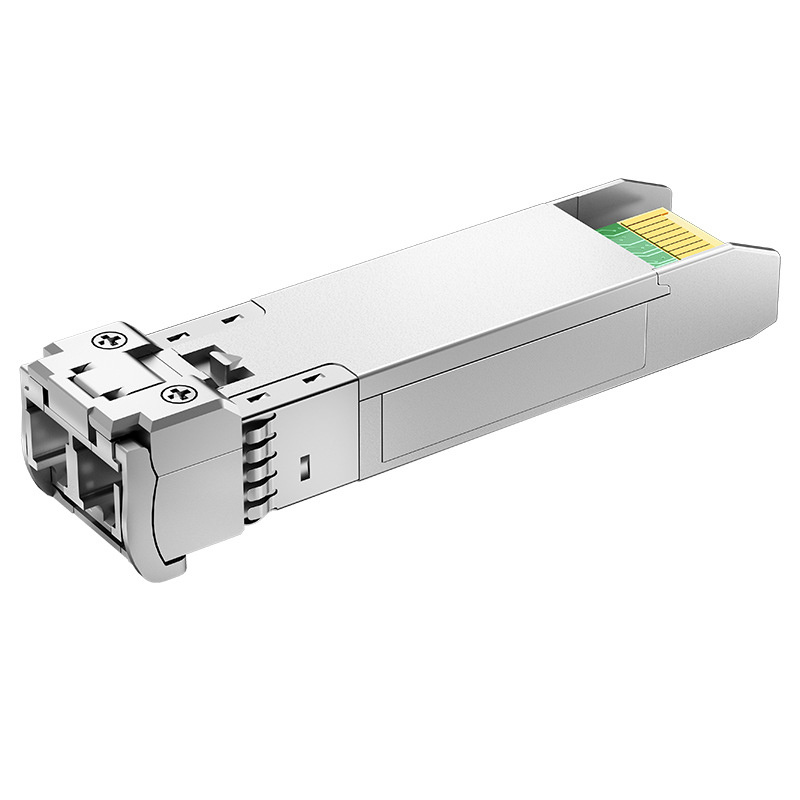07
2025
-
07
Is a 1.25g optical module a Gigabit module?
Author:
Yes, a 1.25G optical module is a Gigabit module.
This is because "Gigabit" in Ethernet standards usually refers to an effective data transmission rate of 1Gbps (1000Mbps) while 1.25Gbps is the transmission rate of the optical module at the physical layer.
During data transmission, Ethernet frames contain additional overhead such as preamble and inter-frame gaps (used to ensure data synchronization and transmission reliability). In order for the actual effective data rate after deducting this overhead to still reach 1Gbps, the physical layer needs to design a higher transmission rate to "offset" the overhead loss - the 1.25Gbps physical rate exactly meets this requirement.
Therefore, the 1.25G optical module is specifically designed for Gigabit Ethernet (1000BASE-X), and its core function is to achieve 1Gbps effective data transmission, which is a standard Gigabit optical module.
1.25G optical module
Previous Page
Next Page
Previous Page
Next Page
07
2025-07
Is a 1.25g optical module a Gigabit module?
03
2025-07
Differences in RJ45 connector models
03
2025-07
RJ45 connector manufacturers lead the way in network connection technology
25
2025-06
What are the functions of the 8 pins of an RJ45 connector?
25
2025-06
What does RJ45 connector mean?
19
2025-06
Contact Us
Factory add: NO.54. Jinhu South Road, Chenjiang Town, Zhongkai Hi-tech Zone, Huicheng District, Huizhou city, China
Telephone:0752-2099791
Office add: B901-1, Silver Star Hi-Tech Building, No. 1301 Guanguang Road, Longhua District, Shenzhen, China
Website:www.jiaxunzg.cn
Telephone:0755-81752121
Fax: 0755-81752963
Mailbox:sales1@jiaxunzg.cn
Mailbox:sales2@jiaxunzg.cn
Mailbox:sales3@jiaxunzg.cn
Copyright © 2024 Jiaxun (Huizhou) Intelligent Technology Co., Ltd. Privacy Policy






